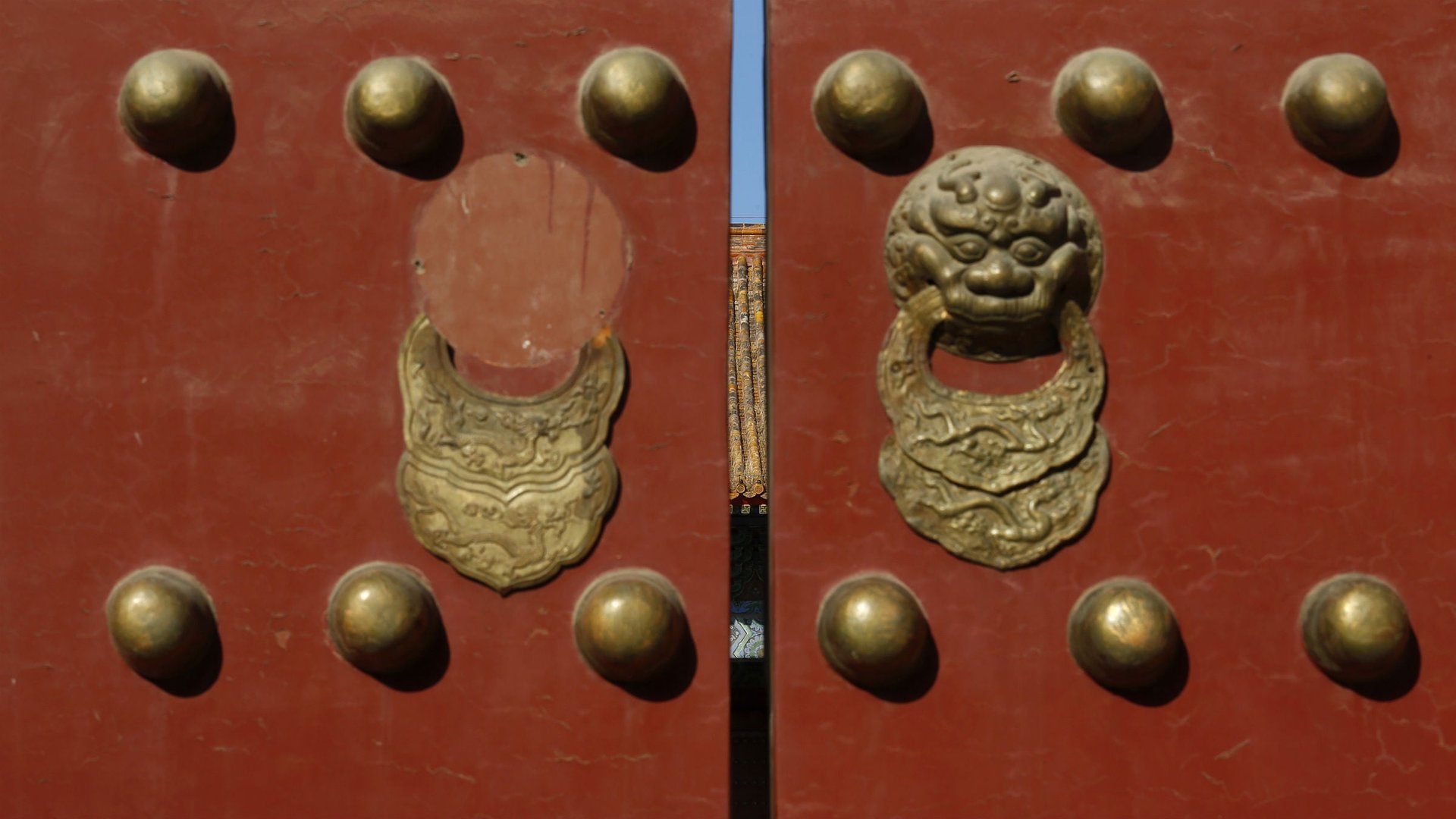How much debt does China have? No one knows exactly!
Everybody knows that the US is the world’s biggest borrower, owing a massive amount of money to China, which holds $1.15 trillion in bonds issued by Uncle Sam. With more than $16.2 trillion in debt — including the money the US owes to itself to pay for programs like Social Security — the US debt-to-GDP ratio is around 100%. (Not counting so-called intragovernmental holdings of debt, the ratio is more like 68%, according to the Government Accountability Office.)


Everybody knows that the US is the world’s biggest borrower, owing a massive amount of money to China, which holds $1.15 trillion in bonds issued by Uncle Sam. With more than $16.2 trillion in debt — including the money the US owes to itself to pay for programs like Social Security — the US debt-to-GDP ratio is around 100%. (Not counting so-called intragovernmental holdings of debt, the ratio is more like 68%, according to the Government Accountability Office.)
China is in a much better spot. At least that’s what analysts at credit rating agency Standard & Poor’s said in a report this morning in which they affirmed their credit rating of the People’s Republic of China, largely due to expectations that continued economic growth will keep the country’s debt load quite low. They wrote:
We project general government debt to increase by an average amount equal to 1.4% of GDP each year over 2012-2015. General government debt should continue to fall as a share of GDP, with the net general government debt declining to close to 13.4% of GDP by 2014. However, we believe China’s fiscal position to be somewhat weaker than these indicators suggest. Local governments in the country owe significant off-budget debt. Much of these debts belong to enterprises that these lower-level governments own. The lack of timely and regularly available data, as well as questions regarding the legal responsibilities of local governments for these debts, makes external monitoring of such debts extremely difficult.
More generally, the restricted flow of information and lack of transparency in China lessens support for the government’s credit standing. External analysts are less likely to be able to detect early any developments that affect the ability of sovereigns to service debt. This makes future trends in key factors affecting sovereign creditworthiness more unpredictable.
After reading this section, it kind of puts the fact that “everybody knows” the US is such a massive debtor in a different light. Yes, everybody does know. It’s about as transparent as it gets.
And in recent weeks, it’s even seemed to get increasingly more transparent as the high-stakes negotiations aimed at better balancing revenue and spending—the current flap over the so-called fiscal cliff—has become something of a national media event. It’s an ugly process. Believe me, no one likes seeing this much of Harry Reid and John Boehner.
But that’s the price of democracy. And as ugly as it is, global investors appreciate it, which is one of the reasons why US government debt retains its reputation as one of the safest places in the world to stash cash for safe keeping.